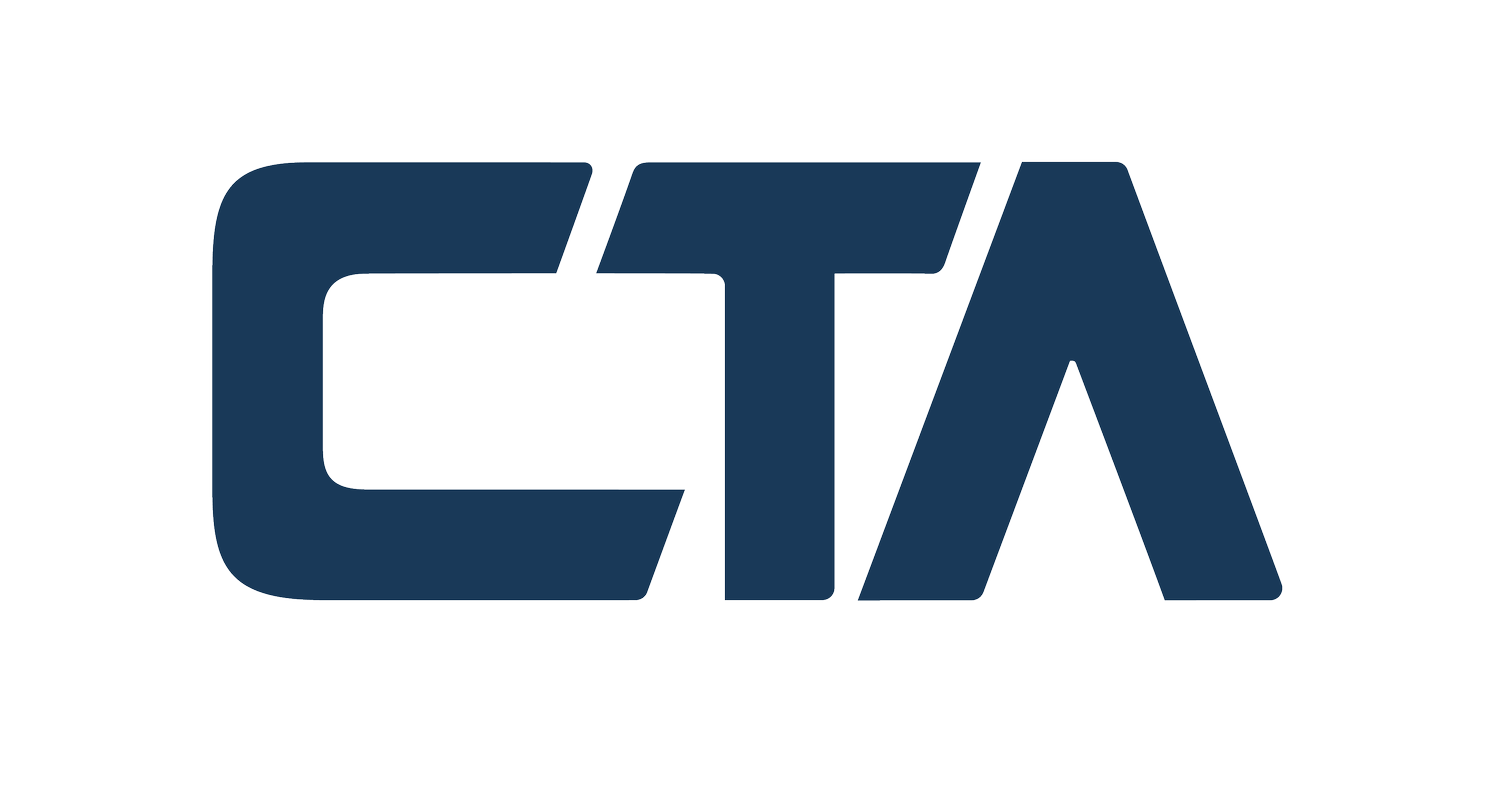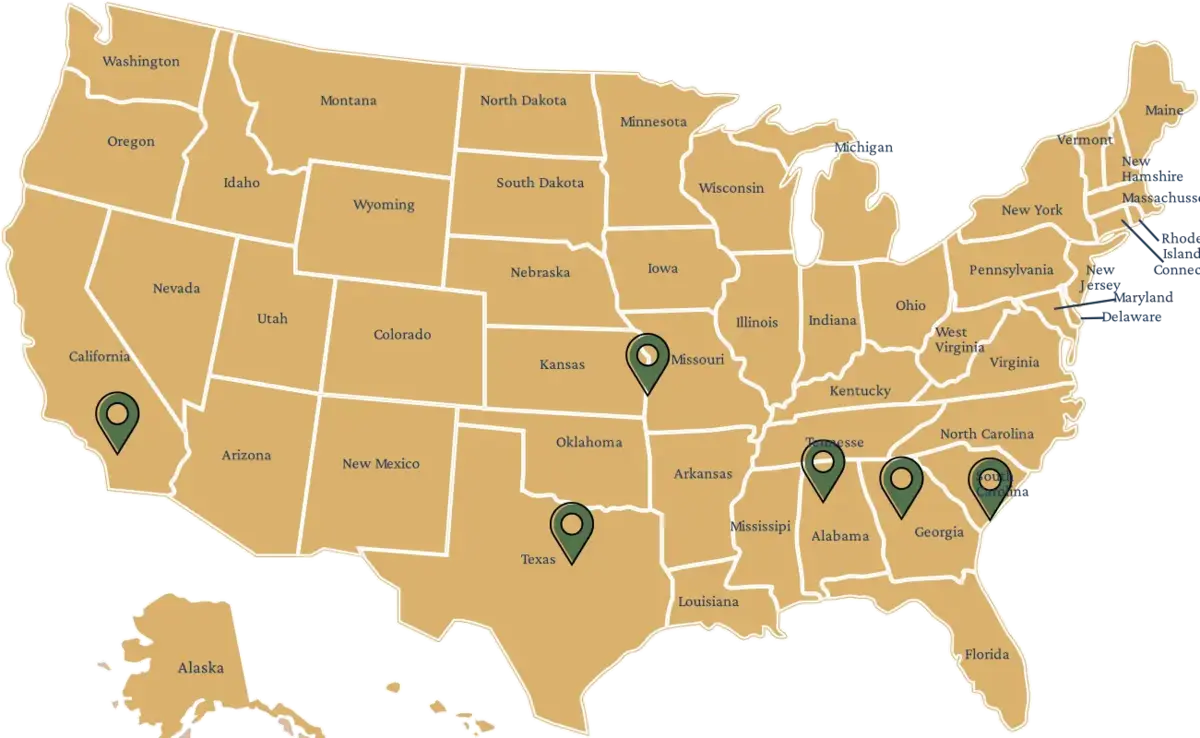In the complex world of corporate taxation, understanding the nuances of apprenticeship programs, prevailing wage laws, and domestic content requirements is crucial for maximizing your credit and ensuring compliance. This article explores these intricate aspects of tax law, providing insights into how they can benefit your business.
Understanding Apprenticeship Programs in Taxation
Apprenticeship programs are a vital part of workforce development, offering hands-on training and skill development. For businesses, investing in these programs can lead to significant tax benefits. The Research and Development Tax Credit is one such incentive that rewards companies for investing in innovation, which can include apprenticeship programs. By understanding how these programs align with R&D activities, businesses can maximize their credit potential.
How to Maximize Your Credit:
- Establish a Qualified Apprenticeship Program: Work with local educational institutions or trade organizations to develop a program that meets industry standards.
- Understand the Local Tax Incentives: Tax credits for apprenticeship programs can vary by region. It’s crucial to understand the specific incentives available in your area.
- Maintain Detailed Records: Keep thorough documentation of the program, including hours of training and progress of apprentices, as this is often required to claim tax credits.
The Role of Prevailing Wage in Tax Compliance
Prevailing wage laws ensure that workers in certain industries receive fair wages. These laws have a direct impact on tax compliance and can affect various tax credits. For instance, companies in specific industries like construction or manufacturing must adhere to these wage standards to qualify for certain tax incentives. Understanding these requirements is essential for maintaining compliance and maximizing tax benefits.
How to Maximize Your Credit:
- Ensure Compliance: First and foremost, ensure your company is in compliance with prevailing wage laws to avoid penalties.
- Explore Tax Credits: Some regions offer tax credits for projects that pay prevailing wages. Investigate if such incentives are available and applicable to your projects.
- Leverage for Bidding: Demonstrating a commitment to fair wages can be a competitive advantage in bidding for government contracts.
Domestic Content Requirements and Tax Incentives
The emphasis on domestic content in production has grown significantly, especially in sectors like clean energy. The Clean Energy Tax Credit (ITC) and the 179D Green Energy Incentive are examples of how tax policy is used to encourage the use of domestic materials and labor. Companies that understand and leverage these requirements can benefit from substantial tax savings.
How to Maximize Your Credit:
- Understand the Requirements: Familiarize yourself with the domestic content requirements relevant to your industry and projects.
- Source Locally When Possible: Not only does this support local industries, but it can also qualify your business for certain tax credits or incentives.
- Document Your Compliance: Maintain clear records of your compliance with domestic content requirements, as this documentation will be crucial for tax purposes.
Maximizing Your Credit Through Compliance and Awareness
To maximize your credit, it’s crucial to stay informed about the latest tax laws and how they apply to your business. This includes understanding the intricacies of apprenticeship programs, prevailing wage laws, and domestic content requirements. Partnering with a knowledgeable tax advisor can provide valuable insights and ensure that your business is taking full advantage of available tax credits. Partnering with Corporate Tax Advisors (CTA) can be a strategic move to navigate these complex areas.
Exploring Jobs and Training Credits
Beyond apprenticeship programs, there are other tax credits available for job creation and training. The Jobs and Training Credits offer incentives for businesses that invest in their workforce. Understanding how to qualify for and claim these credits can significantly reduce your tax liability.
The Impact of Cost Segregation on Tax Savings
Cost segregation is another strategic tax planning tool that can lead to substantial savings. By identifying and reclassifying personal property assets, businesses can accelerate depreciation deductions. The Cost Segregation service offered by tax experts can help businesses uncover hidden tax savings in their real estate assets.
Conclusion
Navigating the realms of apprenticeship, prevailing wage, and domestic content in corporate tax requires a deep understanding of tax laws and their implications. By staying informed and working with experienced tax advisors, businesses can ensure compliance and maximize their tax credits. Whether it’s through R&D tax credits, clean energy incentives, or jobs and training credits, there are numerous opportunities for businesses to reduce their tax burden while contributing positively to their workforce and the economy.
For more detailed information and personalized advice, consider reaching out to Corporate Tax Advisors. Their expertise in these areas can be invaluable in helping your business navigate the complexities of corporate tax and maximize your credit potential.








